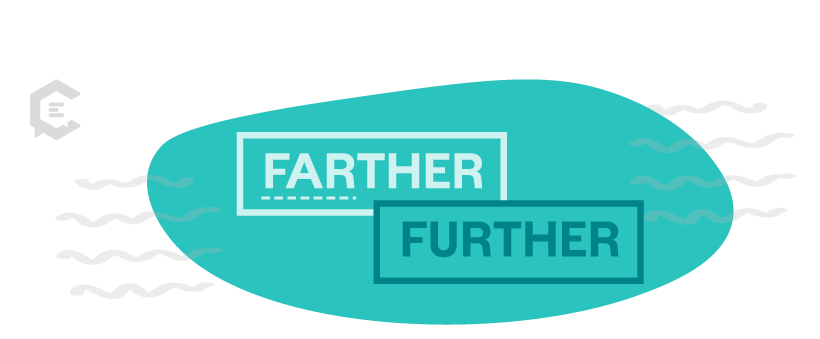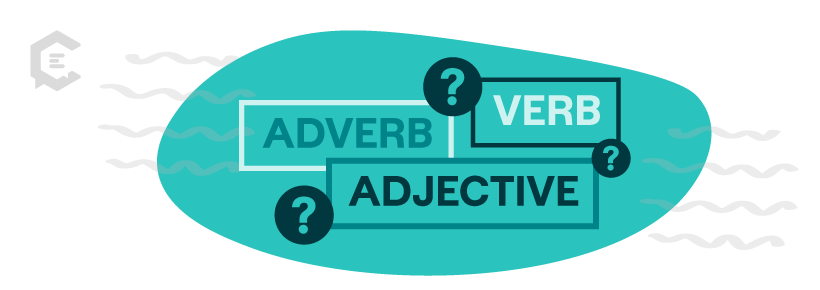The Proclaimers said they’d walk 500 miles — and then walk 500 more. But when they got to that 500-mile mark, did they think “I should go further. Wait, or is it farther?” Probably not, but I’m sure there are countless writers who’ve asked similar questions during their content creation process.
Farther and further only have a single letter difference, and their definitions have enough similarities that knowing when to use which word can be really tricky for writers. Some people even use them interchangeably.
When to use farther vs. further
Unfortunately, there isn’t really a hard and fast rule about when to use farther and when to use further. However, there are some cases where one is preferred over the other, so maybe those will help clear things up.

Distances
Both farther and further refer to distance and generally mean at or to a greater distance. Some people say that farther is used to refer to physical distances, while further is used for metaphorical or figurative distances. This is a handy rule for remembering the difference, especially because farther has the word far in it.
Examples:
She ran farther than the other runners because she wanted the extra exercise.
Are we there yet? How much farther do we have to go?
Figurative or metaphorical distances might be harder to pinpoint, so you might just use further in any case that is not about physical distance.
Example:
They decided not to investigate any further.
This is the simplest way to distinguish these two words, but even then, it’s not a hard and fast rule. Some sources still say that the two are interchangeable when referring to distance.
Parts of speech
One of the biggest reasons that these words cause so much distress is that each can act as multiple parts of speech and have multiple meanings within those parts of speech. This especially applies to further. When referring to distances, both of these words act as adverbs.
However, further can function as an adverb in other ways, as well. As an adverb, further can provide a transition point in the same way that additionally, likewise, or moreover might.
Example:
Further, we should explore the potential complications of this testing method.
In this sense, further functions in the same way as furthermore.
Further and farther can also be used as adjectives to mean additional, more distant, or more extended. Of the two, further is more commonly used in place of additional, but farther and further are basically interchangeable when it comes to adjective uses.
Examples:
I cannot take any further questions.
Though her flight took longer, he made the farther trip.
The final part of speech gives us the biggest distinction between these two words. Further can be used as a verb, while farther cannot. In its verb form, further means to help forward or advance.
Examples:
She took extra classes over the summer to further her education.
The donation played an integral part in furthering the campaign’s cause.
Clear as mud
Though there are distinctions between further and farther, not everyone is in agreement on what they are. The best things to remember are:
Farther is for physical distance; further is for metaphorical distance.
Further can function as a verb (and in general has more functions than farther).
Fortunately (or maybe not), this isn’t one of those rules you can catch people on. At the end of the day, these two words are interchangeable in many of their uses.




